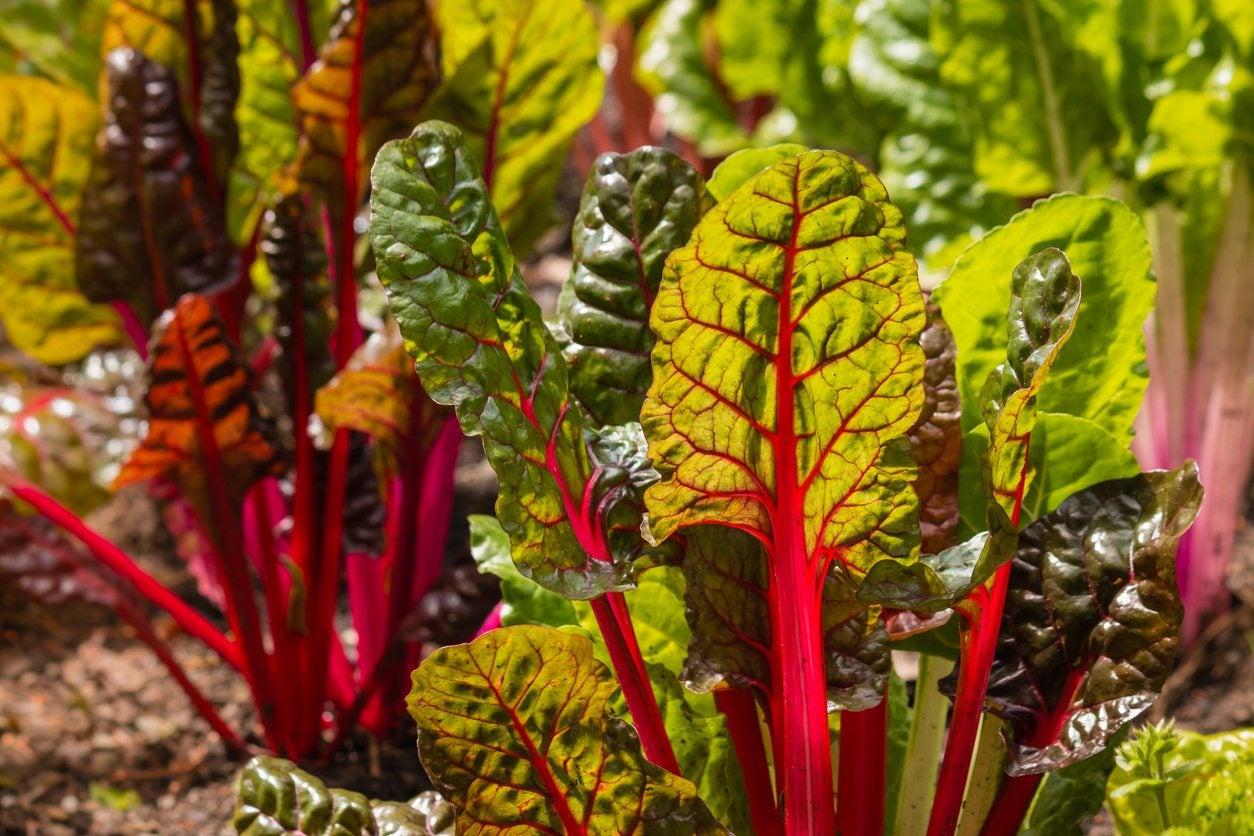Swiss Chard Fall Planting: When To Plant Chard In Autumn


Planting times for vegetables are very specific depending upon your zone. These times will be listed on your seed packet and are usually delineated by a chart on a map. However, the timing also depends on what type of vegetable you are planting, your microclimate, and if the vegetable is a cool season plant. For example, growing Swiss chard in autumn allows you to get a final harvest since it is a cool season plant. In order to successfully get a harvest before the freezing weather comes, you have to know when to plant chard in autumn. For a fall harvest, timing is everything, so plants have time to mature before eating.
When to Plant Chard in Autumn
Swiss chard is one of the wonderful foods you can plant in early spring for a summer harvest or in early summer for a late season crop. It prefers cooler soil, as the plant develops and matures and will bolt if it is a mature crop in summer. The whole idea is to get those tender spears before the plant tries to set seed; otherwise, the stems and leaves will be bitter. If you know how to grow Swiss chard in fall, you can get a second harvest of this delicious, nutrient rich vegetable while it is still sweet and delicious. Swiss chard is one of the cool season crops that can withstand a light freeze but not sustained frozen ground. It tastes its best when the mature plant experiences some cold nights and may develop bitterness when grown in warm months. It is also a fairly rapidly maturing crop that is ready for harvest in about 50 to 75 days from planting. The best time for Swiss chard fall planting is July 15th through August 15th. The exact time will depend on your zone. Areas that expect early freezes should plant earlier and use a hoop house to give the developing plants some shade and keep them from bolting. You may also select a low bolt seed mix. A row cover can be used to help insulate and protect plants from early frosts as well.
How to Grow Swiss Chard in Fall
Preparing the garden bed is key to good harvests. The bed must be well draining and have plenty of organic matter incorporated. Space seeds or transplants 6 inches apart (15 cm.) in beds 12 inches apart (31 cm.). Keep the beds modestly moist and watch out for pests. Keep weed invaders out of the beds. Ideally, your maturity date should be a couple of weeks before the date of the last frost. That way an unexpected early freeze can't harm the plants, although mature Swiss chard can withstand short periods of freezing. Mulching around the plants can help prevent weeds, conserve moisture, and protect roots in case of an early light freeze. One of the crucial items to Swiss chard fall planting is to water 1 to 2 inches (2.5-5 cm.) per week at the seedling stage. Young plants are not drought tolerant and low moisture will affect their early growth.
Harvesting Autumn Chard
You can clip leaves of young chard at any time, just be careful to remove no more than half the stems and leaves. New stems and leaves will replace the harvested material. When you are ready to harvest the whole plant, cut off stems to within 2 inches (5 cm.) of soil. Often, you will get another flush of small leaves and stems if the weather isn't hot or freezing. Succession planting in July or August (midsummer) can help extend your Swiss chard harvest provided freezing temperatures don't occur. Covering the crop or sowing in a cold frame can help protect the plants. Swiss chard may be stored for up to a week in the refrigerator. You can also chop the leaves and stems and lightly blanch them. Then cool and dry the result, lay it out on a cookie sheet, and freeze. Transfer to freezer bags and steam when ready to eat.
Sign up for the Gardening Know How newsletter today and receive a free copy of our e-book "How to Grow Delicious Tomatoes".

Bonnie Grant is a professional landscaper with a Certification in Urban Gardening. She has been gardening and writing for 15 years. A former professional chef, she has a passion for edible landscaping.